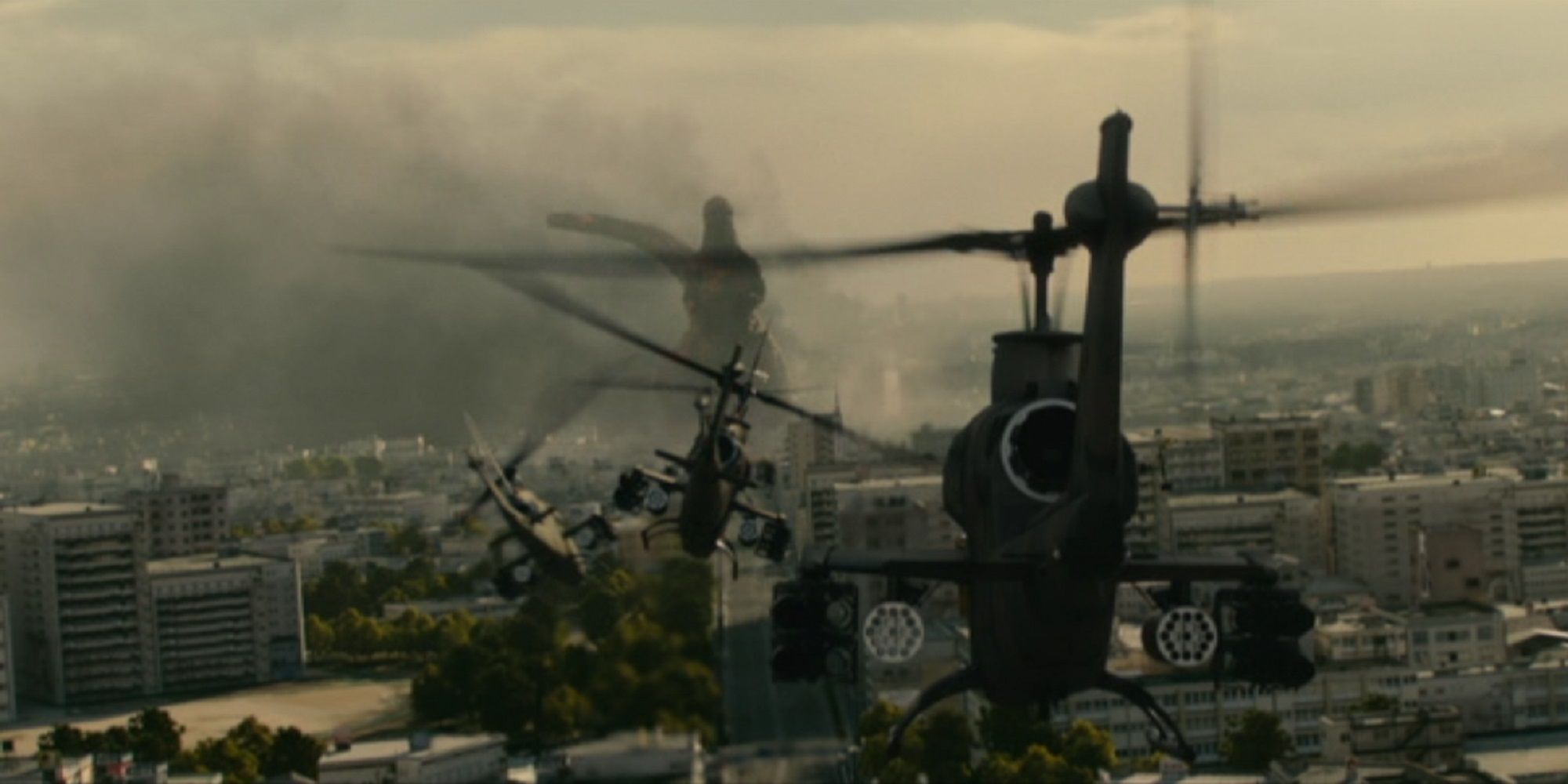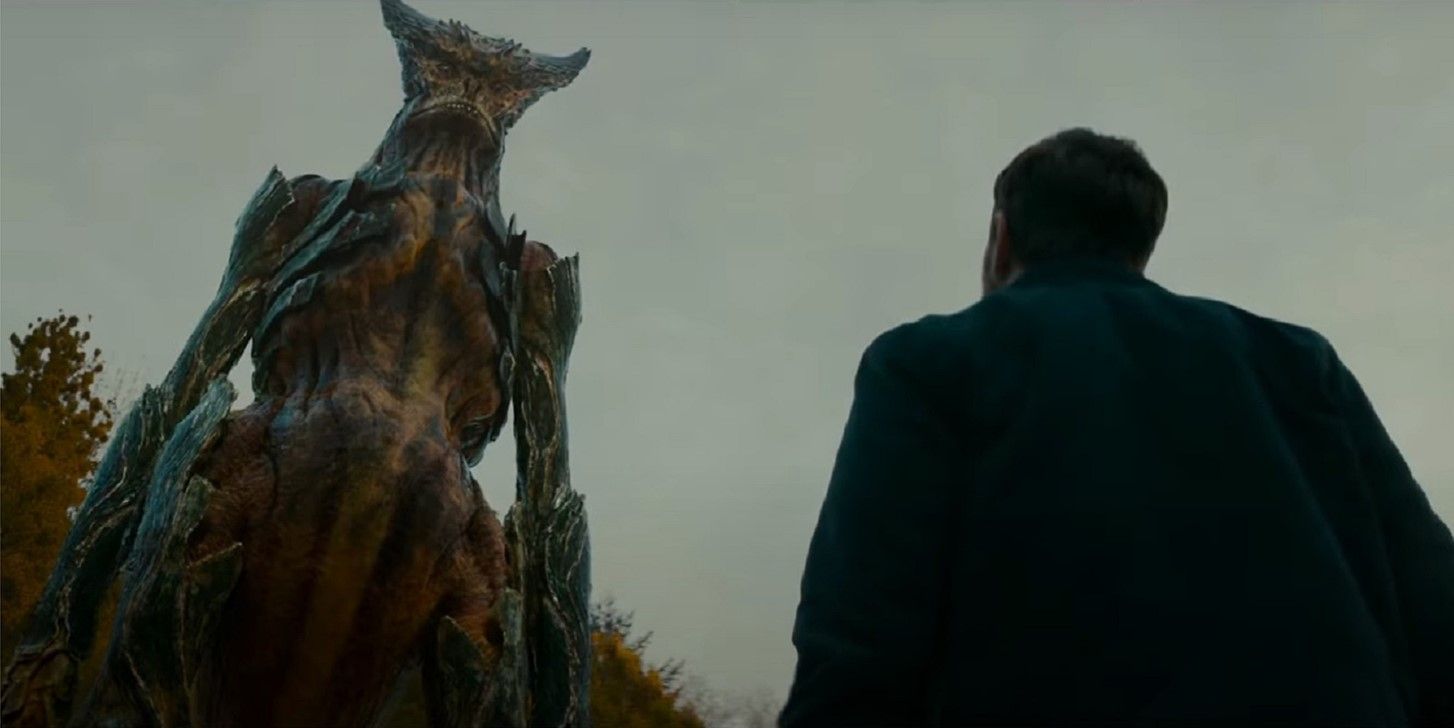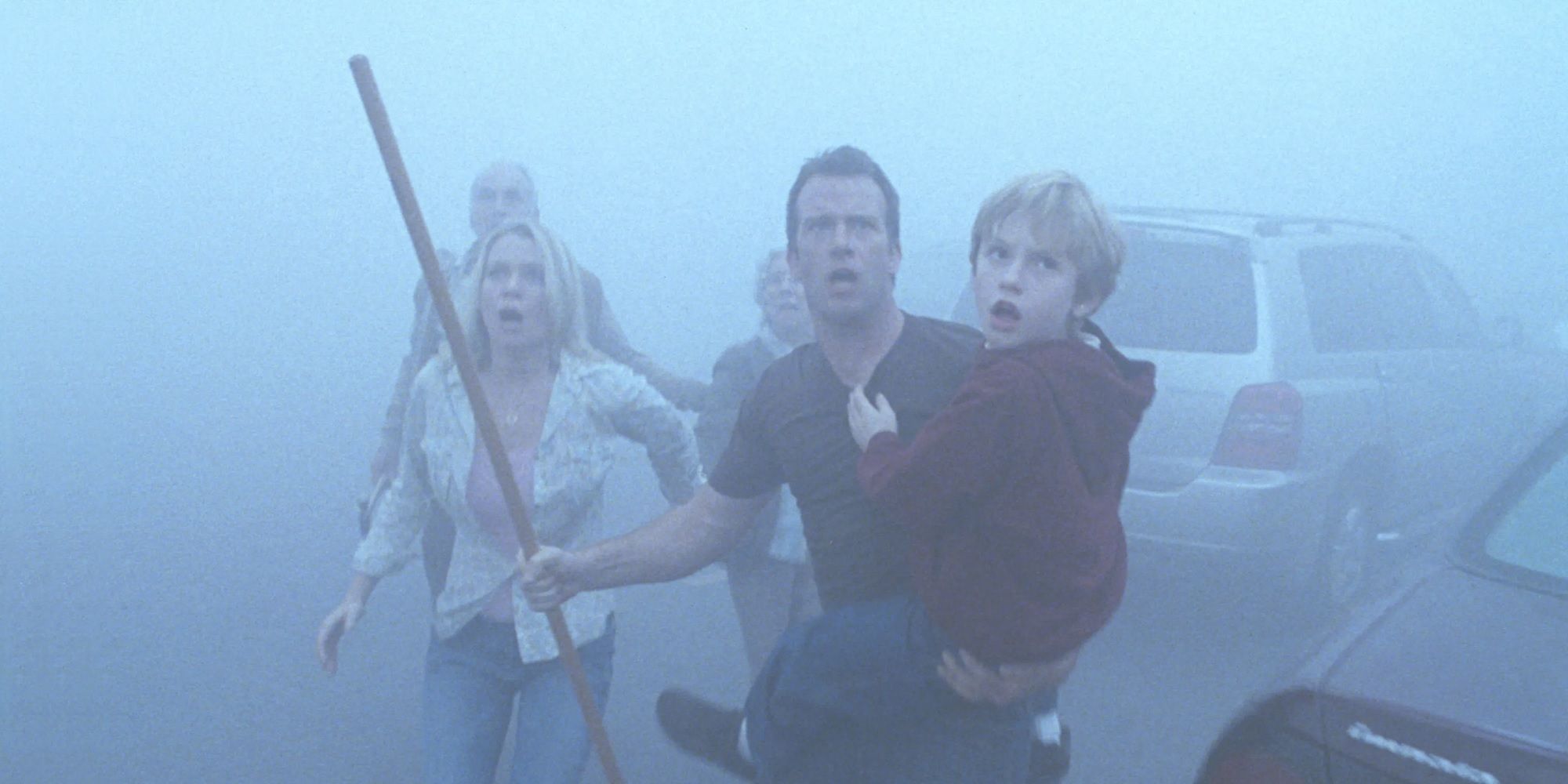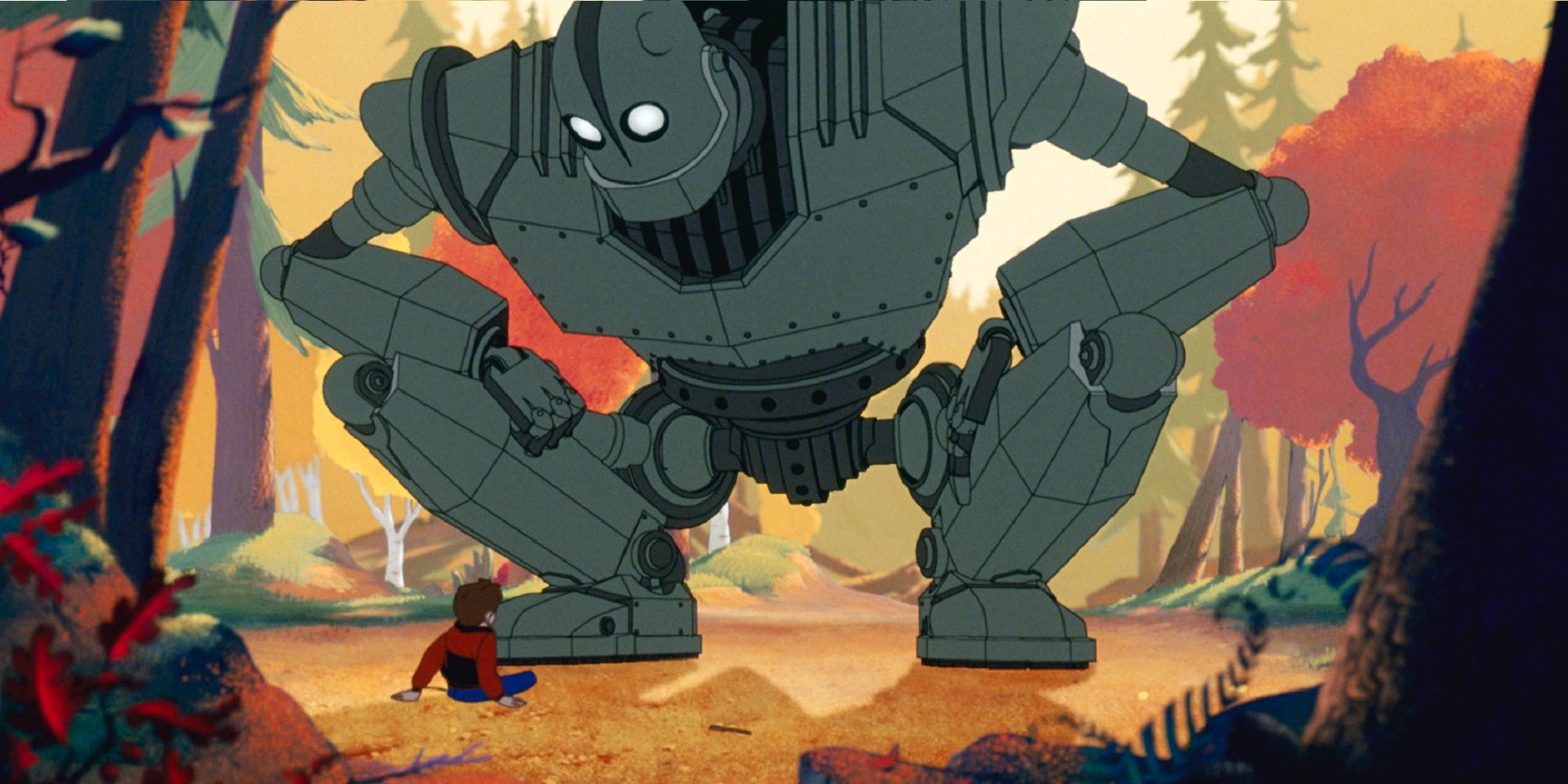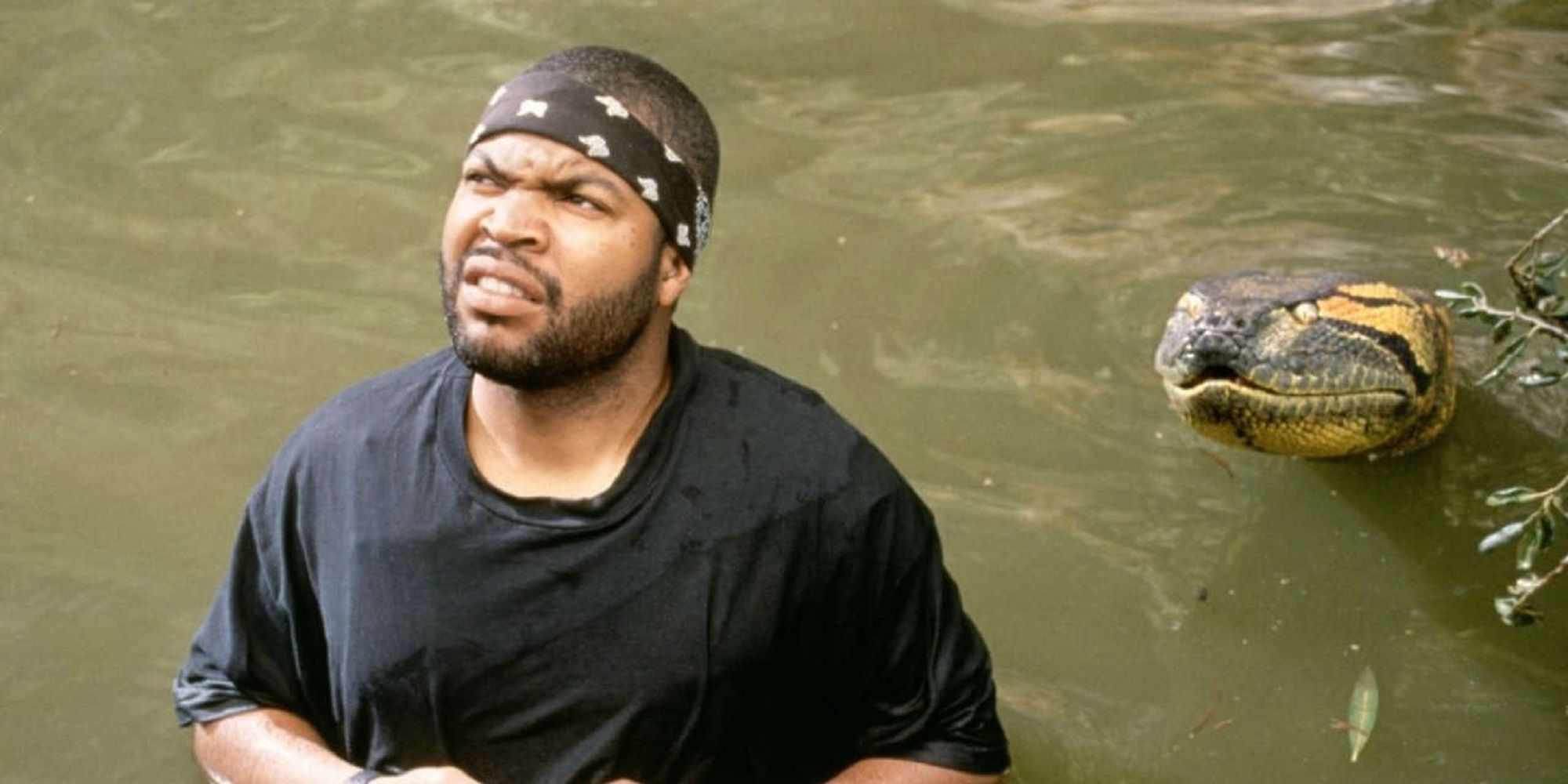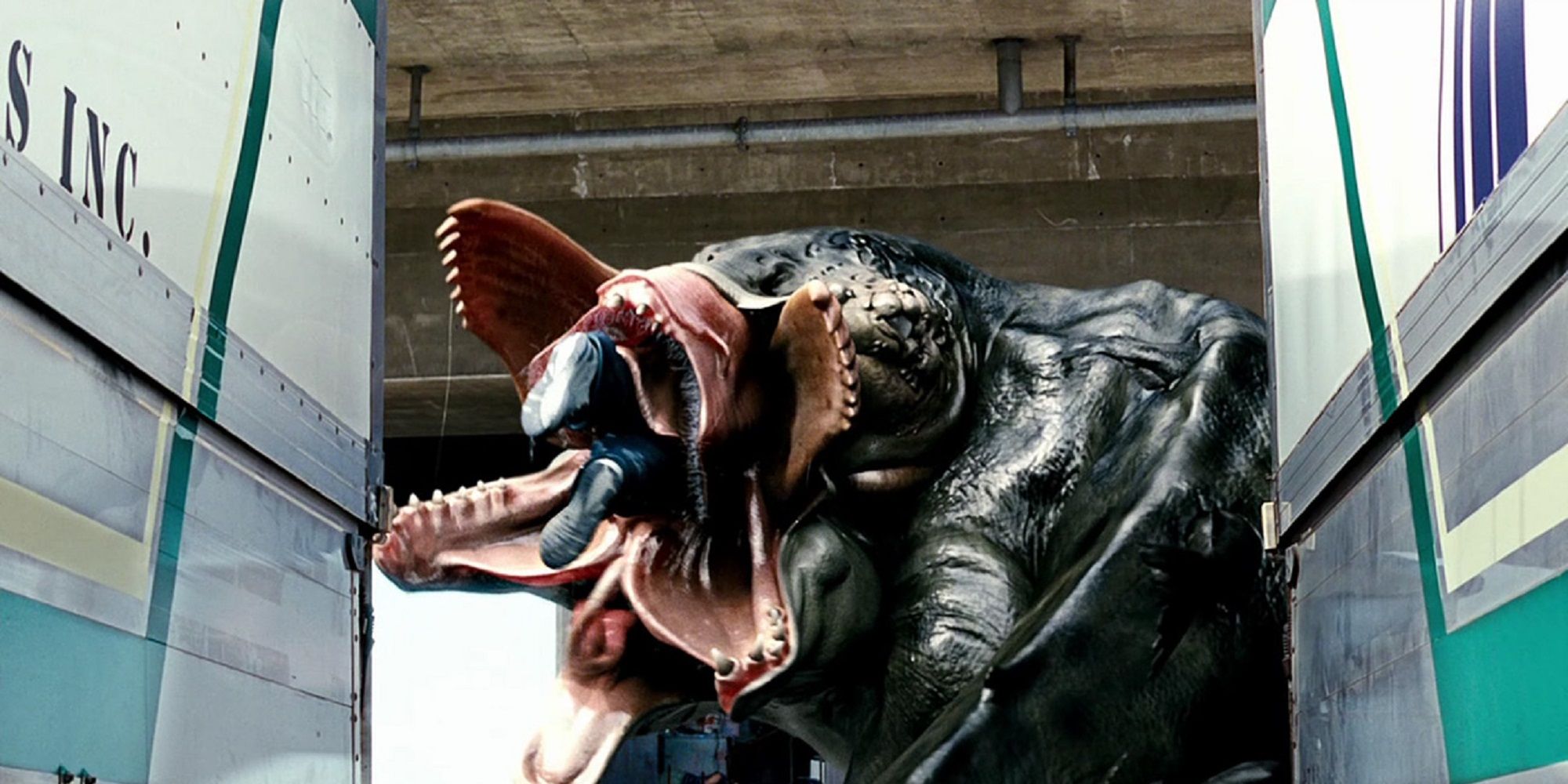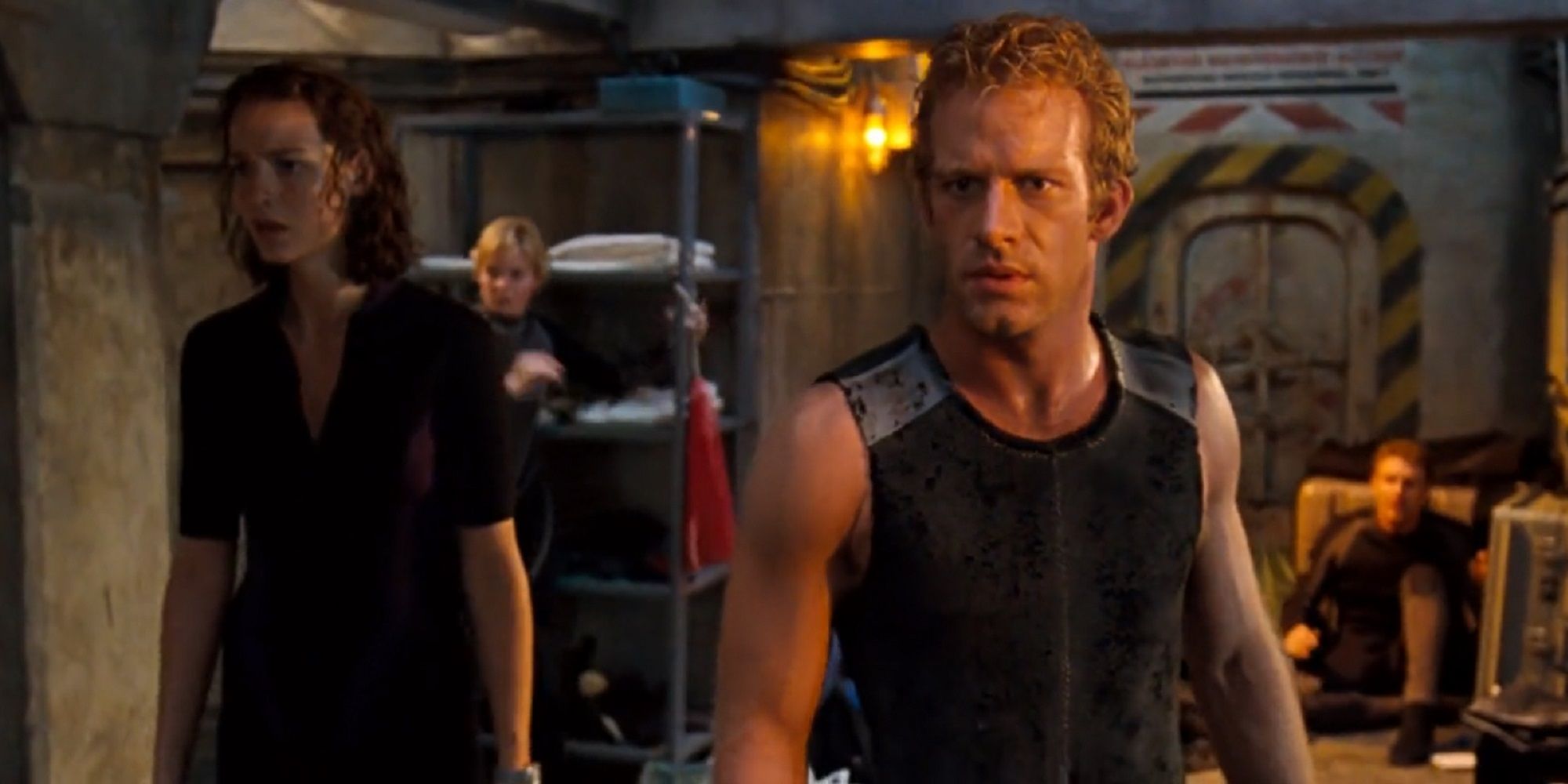There are a great many monster movies where it’s not exactly ambiguous who it is we’re meant to be rooting for. Entries like Cloverfield or Pacific Rim, for example, don’t leave much to the imagination when it comes to alternative character interpretations; after all, one side is causing untold death and destruction on a gargantuan scale, and the other, well, isn’t.
Other movies, though, aren’t so straightforward. Sometimes, a monster movie is not truly interested in the destructive power of its featured creature and is trying to shine a light on how humans start behaving when the going gets tough – posing some uncomfortable questions in the process.
'Shin Godzilla' (2016)
When a huge prehistoric fish-beast waddles out of Tokyo Bay and starts causing havoc on land, the Japanese government is baffled and uncertain and how to react. Unfortunately, they don't act fast enough: the monster has mutated into a fully-formed fire-breathing dinosaur monstrosity before they’ve even managed a risk assessment. Frustrated with this sluggish bureaucracy, Deputy Chief Cabinet Secretary Yaguchi (Hiroki Hasegawa) assembles a crack team of subversives and rebels to come up with their strategy against Godzilla before it’s too late.
If Shin Godzilla feels especially critical of the Japanese government, that’s because it is – the film is a comment on the government’s response to the Fukushima disaster of 2011. Even once it’s established that Godzilla threatens the end of civilization, the politicians are slow, cautious, and obstructive, more concerned with endless meetings than action, and leaving absolutely no room for improvisation or initiative. The protagonists find themselves battling bureaucrats more often than Godzilla (literally — he’s in hibernation for most of the third act), and it’s made quite clear that the movie could have been over in the first 20 minutes if the official response had been fast enough.
Colossal (2016)
“What if, every time you drunkenly wandered into a children’s playground, a giant monster materialized thousands of miles away and mimicked your motions exactly?” is the bold and timely question that Colossal dares to ask. When hard-partying slacker Gloria (Anne Hathaway) moves back to her hometown to deal with her alcoholism, she becomes faced with exactly this scenario — and the concept of humanity as the real monster becomes almost entirely literal.
It's easy to see why Colossal is really about dangerous people, rather than monsters; it’s because the people are the monsters, and in more ways than one. Gloria’s childhood friend Oscar (Jason Sudeikis) starts to bring out his darker side around the same time he discovers he, too, can summon monsters on the other side of the planet, and that’s never a good combination. Things turn from bad to worse, and Colossal starts spiraling to a place far scarier than most monster movies ever dream of approaching.
'The Mist' (2007)
In this adaption of Stephen King’s novel, a small town in Maine is hit with a violent storm, which is pretty bad. The next day, it’s swamped by a thick, unexplainable mist, which is worse. Then, octopus-dinosaur-bug monsters start to crawl out from the mist and attack people, which is just no good at all. A group of survivors holes themselves up in the local supermarket, but with tensions steadily rising, it’s hard to tell whether the greater danger is coming from inside or out.
At one point in The Mist, we see the aforementioned scuttling freaks of nature spit acid at the protagonists and lay a dozen eggs under a live man’s skin, and yet this doesn’t even come close to being one of the film’s darkest moments. As townsfolk huddle in their suburban fortress, their defenses and resolve both dwindling rapidly, the reflexive nastiness of human nature begins to bare its teeth. Obsession over who (or what) is to blame derails any attempt at rational cooperation, and the result is one of the most harrowing portrayals of humanity in crisis ever committed to screen.
'The Iron Giant' (1999)
After falling to Earth from celestial origins unknown, the titular Iron Giant (Vin Diesel) strikes up an unlikely but powerful friendship with feisty 10-year-old Hogarth Hughes (Eli Marienthal). Unfortunately, corrupt government official Kent Mansley (Christopher McDonald) is not so enamored by Hogarth’s new friend and will stop at nothing until the Giant is destroyed.
The Iron Giant takes place amid the Cold War, an era defined by overwhelming suspicion and paranoia. It’s close-minded hostility to anything unfamiliar that motivates the Giant’s human antagonists and contrasted with the Giant’s helpful nature and staunch pacificism, it’s pretty clear who’s the good guy.
'Anaconda' (1997)
A motley crew of documentary filmmakers (including the likes of Jennifer Lopez, Ice Cube, and Owen Wilson) is traversing the Amazon River in search of an elusive group of tribespeople. On the way, they bump into the mysterious Serone (Jon Voight), who insists he can lead them to the tribe if they take him through a hidden part of the river that’s closed off to outsiders. Can they trust him? No, they cannot. It quickly becomes apparent that Serone’s true aim is to hunt down an enormous and valuable anaconda, and he’s prepared to deal harshly with anyone trying to stop him.
Voight’s performance as a greedy snake hunter is so excessively, cartoonishly repugnant that the audience may feel that the anaconda is just trying to do them a favor. From the very moment we meet him, it’s extremely clear Serone is a bad guy, so it’s hard to feel much sympathy for most of the characters, who are too collectively weak-willed, oblivious, or otherwise lazy to stop him from taking over their whole operation; the fact that this leads to most of their deaths is not so much tragic as idly satisfying. There’s no question that humans are the true villains here — the snake can’t choose to be hungry, but people can choose not to be stupid.
'The Host' (2006)
Right from the beginning of The Host, humanity comes off pretty bad. We’re responsible for the whole mess; scientists pour several gallons of formaldehyde into Seoul’s Han River in the full knowledge that it will pollute it, and sure enough, the local wildlife mutates into a huge, ravenous tadpole with beastly limbs and teeth. Although to be fair, that’s probably not the result they were expecting.
When Gang-du’s (Song Kang-ho) daughter is kidnapped by the monster and held in a sewer, he rallies his dysfunctional family together to try and save her. There’s just one problem — he came into close contact with the creature, and the government is convinced that it’s infected him with a deadly virus. They’re quite keen on studying the said virus, which, unfortunately for Gang-du, involves far more needles, restraints, and men with guns than he’s happy with.
While the monster in The Host is certainly no bundle of joy, it’s also not the one pumping dangerous chemicals into rivers or using the military to hunt down innocent men; the film warns us that though a crisis might be bad, there’s no guarantee our response won’t be worse.
'Deep Blue Sea' (1999)
In an underwater research facility, a group of scientists finds themselves fighting for their lives as the utterly predictable consequence of genetically engineering sharks to give them greater brain mass.
Look, if you’re going to take a bunch of sharks, make them super-smart, and then conduct experiments on them, you can’t blame them if they begin to harbor some resentment toward you. Indeed, test audiences for Deep Blue Sea felt this so strongly that the ending had to be changed; head scientist Susan (Saffron Burrows) originally survived to the credits, but audience members found her so loathsome (what with the whole ordeal being entirely her fault and all) that her part was rewritten to include a heroic sacrifice, allowing her to atone for her wrongdoings.
With Burrow’s part in the third act downsized, a greater role was given to the character of Preacher, played by LL Cool J. Given Ice Cube’s aforementioned role in Anaconda, this makes Deep Blue Sea the second movie released in the late ‘90s that features an actor who made his name as an ‘80s hip hop artist as one of the last remaining survivors of a vicious attack by an oversized aquatic animal. Something to think about.

-5.jpg)
